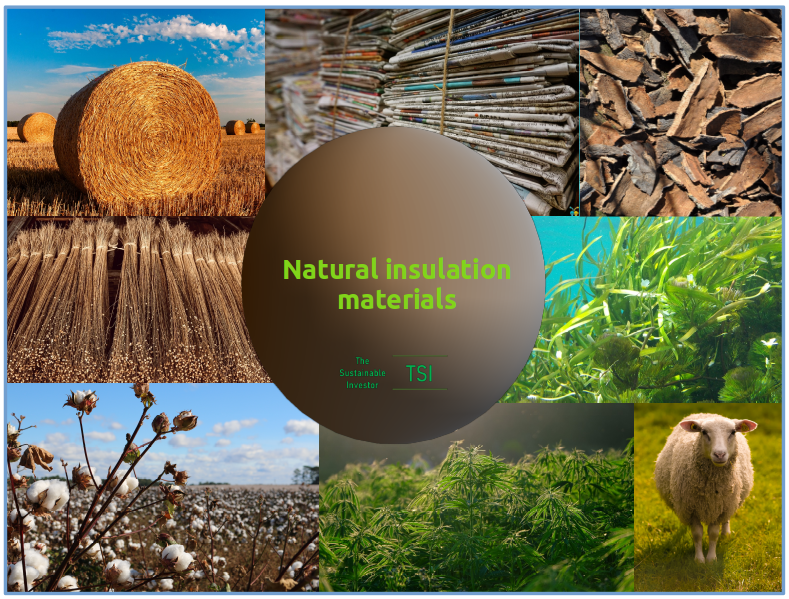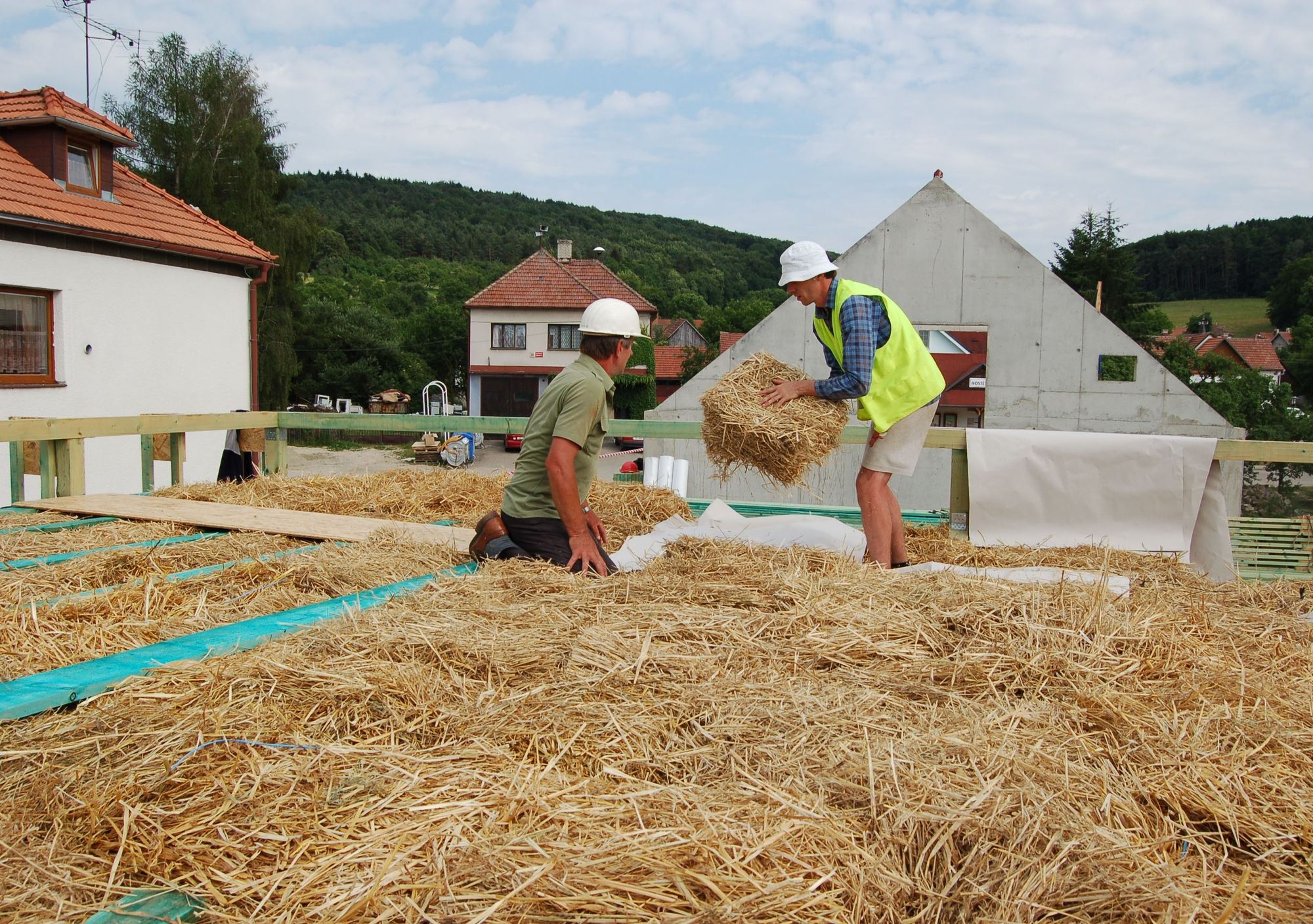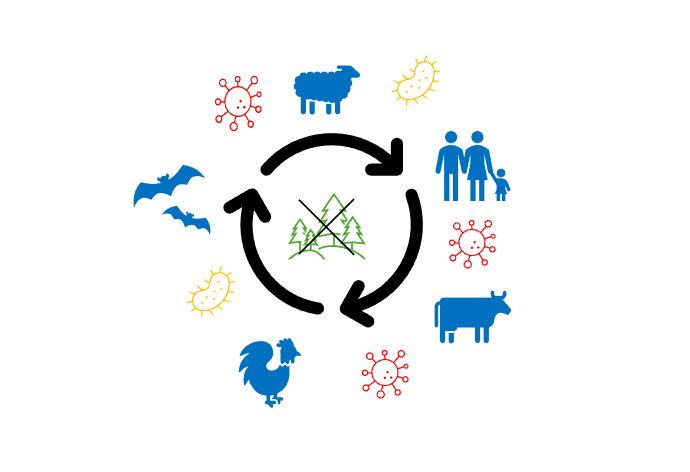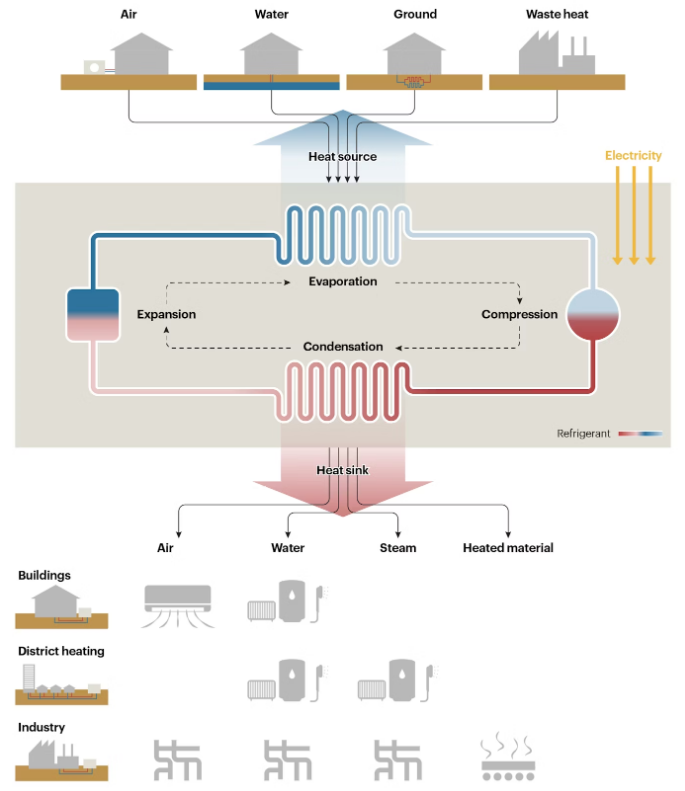
How do nature's insulation materials compare?
Nature has provided insulating materials in the past, but modern technology could mean a return to the mainstream for a more sustainable option.
Summary: A number of natural options exist for insulating our homes that can be more sustainable and potentially as cost effective as some commonly used synthetic materials. We look at a selection of them and examples of where they are used in practice, including straw bales, cellulose, cork, wood fibre, cultivated plant fibres such as flax and hemp, recycled cotton, sheep's wool and even seaweed.
Why this is important: Conventional synthetic insulation materials are often derived from petrochemicals and thus have high embodied carbon as well as end-of-life disposal issues.
The big theme: The built environment, encompassing residential and commercial buildings, communal areas such as parks, and supporting infrastructure such as energy networks, mobility, and water supply, is an important sustainability theme. It is an integral part of societal existence and a major resource consumption problem (40% of global raw materials) and decarbonisation problem (40% of energy-related GHG emissions) that needs investor, government, business and consumer attention.

The details
Back to the future for insulation?
Currently the vast majority of insulation is made from petrochemicals. Insulation has been used for centuries to slow down the movement of heat in and out of buildings. Nature provided solutions back then and can do so now with more sustainable options. One or a combination of several materials can be used as insulation. Examples include straw bales, cellulose, cork, wood fibre, cultivated plant fibres such as flax and hemp, recycled cotton, sheep's wool and even seaweed. We introduced the topic in another blog 👇🏾

Natural materials could offer sustainable alternatives in selected cases although it is a trade-off between cost, effectiveness and aesthetics.
Let's take a closer look ...


